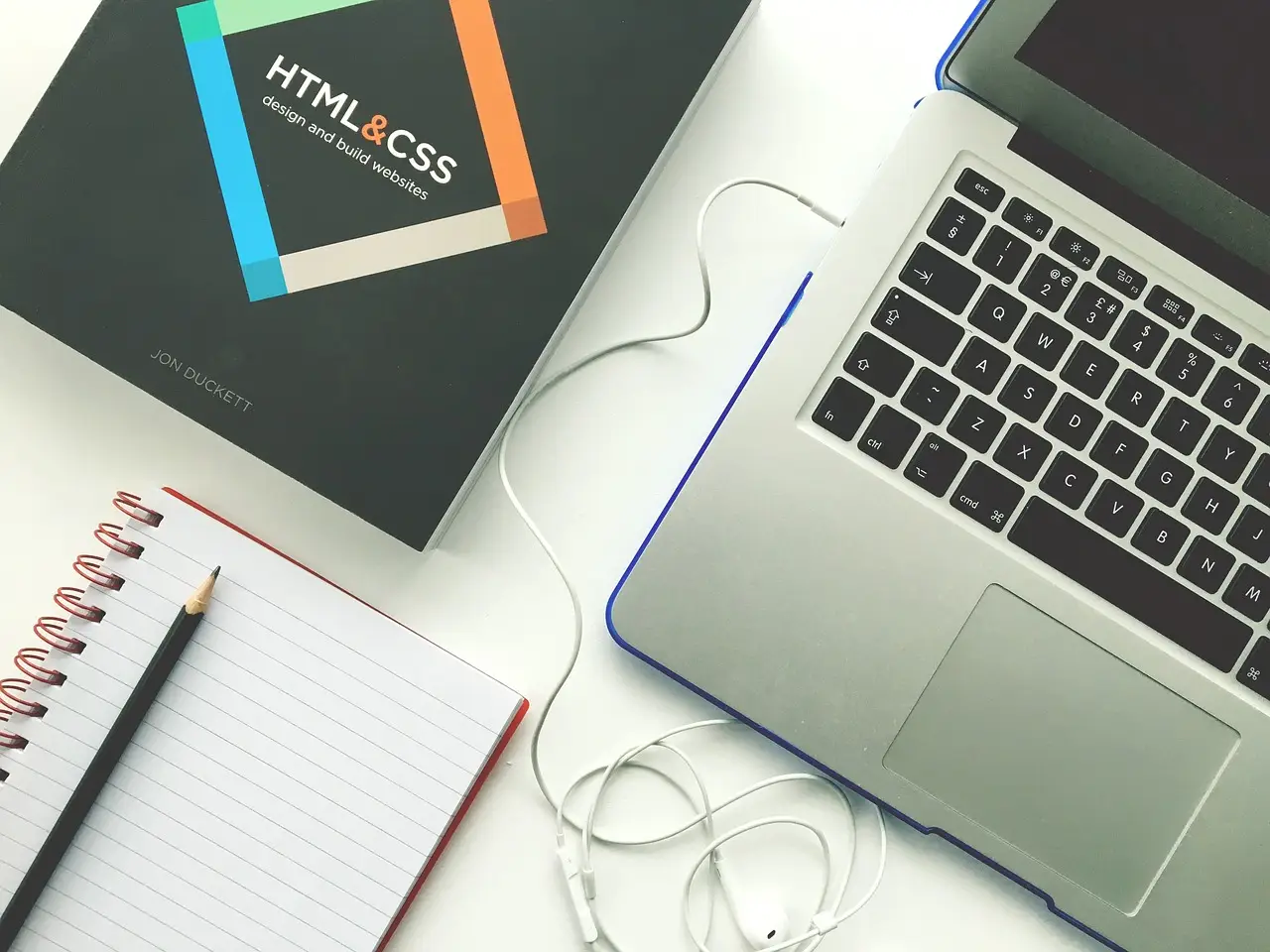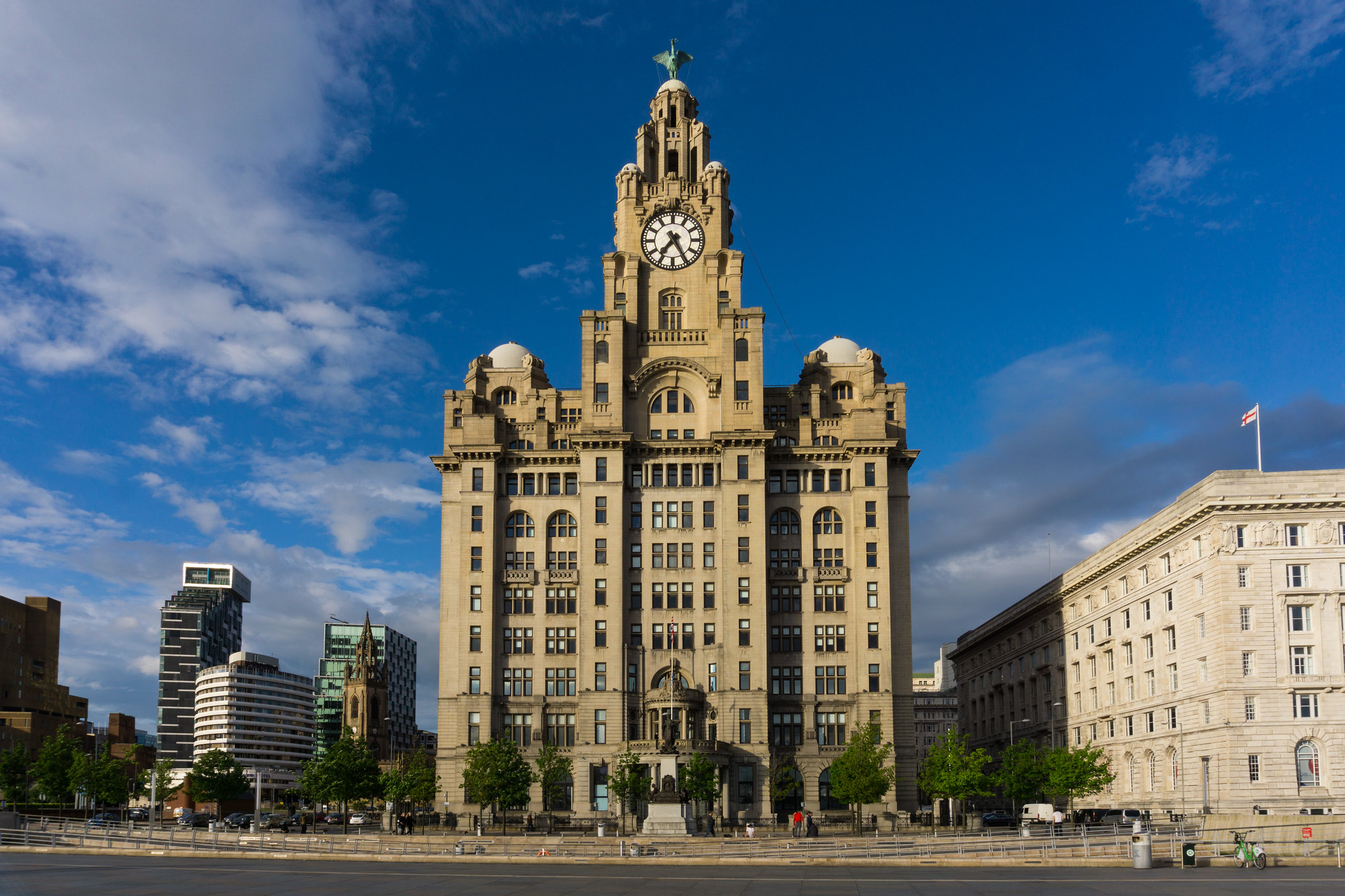As an SEO consultant and website developer in the UK, I have worked with businesses across the country to improve their online presence. Whether you’re a small business in Bristol or a larger enterprise in London, it’s crucial to understand how SEO and website design go hand in hand to enhance your site’s performance.
Building a website that ranks high on search engines is no longer just about creating a visually appealing site—it’s about creating a user-friendly, SEO-friendly environment where both users and search engines can thrive. This article will guide you through the process of designing a website that not only looks great but also performs well in search rankings.

Why Website Design Matters for SEO
When it comes to building a website that ranks, website design is not just about aesthetics—it’s a critical factor that affects your site’s SEO. Google’s algorithms consider a multitude of ranking factors, and the design elements of your site play a significant role. From how quickly the site loads to how easily search engines can crawl your pages, your design decisions directly impact your site’s performance.
A good SEO strategy involves optimizing your site to make it more accessible to search engines like Google. This includes everything from site speed to mobile optimization. As an SEO consultant and website developer, my advice to clients is always to focus on creating a website that aligns with best practices in both design and SEO.
Responsive Web Design: Mobile-First Indexing
One of the first considerations in modern website design is responsive web design, especially with the rise of mobile-first indexing by Google. Mobile-first indexing means that Google uses the mobile version of your site as the primary version for ranking and indexing. If your website isn’t mobile-friendly, it will suffer in search rankings.
In the UK, many businesses have adopted mobile-first designs due to the increasing number of mobile users across towns and cities like Manchester, Birmingham, and Edinburgh. According to recent statistics, over 50% of all web traffic now comes from mobile devices. This makes responsive design crucial for businesses that want to compete effectively online.
A responsive design ensures that your website adapts to different screen sizes, from smartphones to desktop computers, providing a seamless experience for users. This, in turn, leads to better user experience (UX), improved engagement, and ultimately higher rankings.
Site Speed: A Critical Ranking Factor
When it comes to SEO, site speed is one of the most important factors to consider. Google has long stated that site speed is a ranking signal, meaning that slow-loading websites are penalized in search results. Furthermore, Core Web Vitals—which are part of Google’s page experience update—focus on the importance of user experience and site speed. The faster your website loads, the better your ranking potential.
As an SEO consultant, I regularly use tools like Google PageSpeed Insights and Lighthouse to analyze and improve site speed. In cities like London and Liverpool, where competition for online visibility is fierce, having a fast-loading website is non-negotiable. A site that loads quickly improves the overall user experience (UX), reduces bounce rates, and increases conversion rates, all of which contribute to a higher Google ranking.
Some practical ways to improve site speed include:
- Compressing images
- Minimizing JavaScript and CSS files
- Using content delivery networks (CDNs)
- Enabling browser caching

User Experience (UX) and SEO: Creating a Seamless Journey
The concept of user experience (UX) is closely tied to SEO. Google has increasingly focused on the experience users have on your site, considering factors like ease of navigation, mobile-friendliness, and intuitive design. A well-designed site that offers an excellent UX encourages users to stay longer and explore more pages, which improves engagement metrics that Google uses to rank pages.
UX design involves creating a site that’s easy to navigate and ensures that users can find what they need without frustration. This can mean simple things like improving your site’s navigation menu, using clear call-to-action buttons, or designing your site to be visually appealing and easy to interact with.
In Sheffield or Glasgow, businesses that prioritize UX design have seen significant improvements in their SEO efforts. For example, clear and concise navigation helps users find content quickly, reducing bounce rates and boosting search engine rankings.
On-Page SEO: Design Elements that Boost SEO
On-page SEO is the process of optimizing individual web pages in order to rank higher and earn more relevant traffic in search engines. It includes elements like title tags, meta descriptions, headers, and alt text for images, all of which are influenced by your website design. Ensuring that your website is structured properly for SEO is just as important as having good content.
In cities like Cardiff and Nottingham, where competition in local search results can be fierce, ensuring that your on-page SEO is up to par is essential.
Technical SEO: How Web Design Affects Crawlability
Technical SEO refers to the process of optimizing your website’s infrastructure so that Googlebot and other search engine crawlers can easily access and index your content. A well-structured website is more likely to rank higher than one with poor technical SEO.
For businesses in towns like Brighton and Oxford, technical SEO is critical. Using tools like Google Search Console can help identify and fix technical issues that may prevent Googlebot from properly crawling and indexing your site. Ensuring your website has an XML sitemap, a well-configured robots.txt file, and structured data are all key aspects of technical SEO that should be considered during the design phase.
Internal Linking and Site Architecture
Internal linking plays a crucial role in both user experience (UX) and SEO. Well-structured internal links help users find relevant content quickly while also allowing search engines to crawl your website more efficiently. Proper site architecture helps Google understand the hierarchy of your pages, which in turn influences the overall SEO performance.
For example, creating a clear structure with categories and subcategories can improve both user navigation and Googlebot’s crawling efficiency. This is especially important for larger websites, such as those of businesses in Manchester or Birmingham, that need a robust internal linking strategy to ensure proper indexing.

Need Help Designing an SEO-Friendly Website?
If you want to take your website’s SEO and design to the next level, I can help. At Gregg King, we specialize in creating websites that are not only visually appealing but also highly optimized for search engines. Whether you’re in London, Manchester, or any other town in the UK, we can help you build a site that attracts traffic, improves rankings, and converts visitors into customers.
Contact Gregg King today for expert SEO consulting and website development services that deliver results!
SEO-Friendly Content Design
Creating SEO-friendly content involves not only writing high-quality text but also designing that content to rank well in Google search results. This means structuring your content with relevant keywords while ensuring that it’s readable and engaging.
Using headings, bullet points, and multimedia like images or videos enhances the user experience and improves content readability. Additionally, integrating relevant keywords naturally into your content and optimizing it for voice search and long-tail keywords will help your pages rank better.
Security Features: HTTPS and SEO
In today’s digital landscape, website security is a major ranking factor. Google has confirmed that it uses HTTPS as a ranking signal. Websites that do not have SSL certificates and are not HTTPS secure are less likely to rank highly in search results.
This is especially important for businesses in highly competitive areas like London and Manchester, where security breaches can not only hurt your SEO but also your credibility. If you’re still using HTTP, it’s time to migrate to HTTPS to boost both security and SEO.
Tracking and Analytics: Measuring Your SEO Success
The final step in improving your website’s SEO is tracking your progress. By using tools like Google Analytics and Google Search Console, you can measure key metrics such as traffic, bounce rates, and keyword rankings. This data is invaluable for tweaking your strategy and improving your site’s overall performance.
Tracking allows you to see which pages are performing well and which need improvement. It also provides insight into how users are interacting with your site, which can guide future design and content decisions.

Conclusion: Balancing Design and SEO for Long-Term Success
In the ever-evolving world of digital marketing, balancing website design with SEO is essential for long-term online success. Whether you’re based in Bristol, York, or Liverpool, ensuring that your site is designed with both users and search engines in mind will lead to improved rankings, better user engagement, and higher conversions.
By focusing on key aspects like site speed, mobile-first indexing, user experience, and technical SEO, you can build a website that not only ranks well but also delivers a seamless, enjoyable experience for your visitors.
FAQs
Q: How long does it take for a newly designed website to rank on Google?
A: It can take anywhere from a few weeks to several months for a newly designed website to rank on Google, depending on factors like competition, content quality, and SEO optimization.
Q: Can I improve my website’s SEO without changing the design?
A: Yes, you can improve SEO through various tactics such as optimizing on-page SEO, improving site speed, and creating high-quality content. However, optimizing your website design will have a long-term positive impact on your SEO performance.
Q: What is the most important factor in SEO for website design?
A: Site speed and mobile optimization are the most critical factors in SEO for website design. Ensuring that your site loads quickly and provides a seamless mobile experience is crucial for ranking well on Google.




